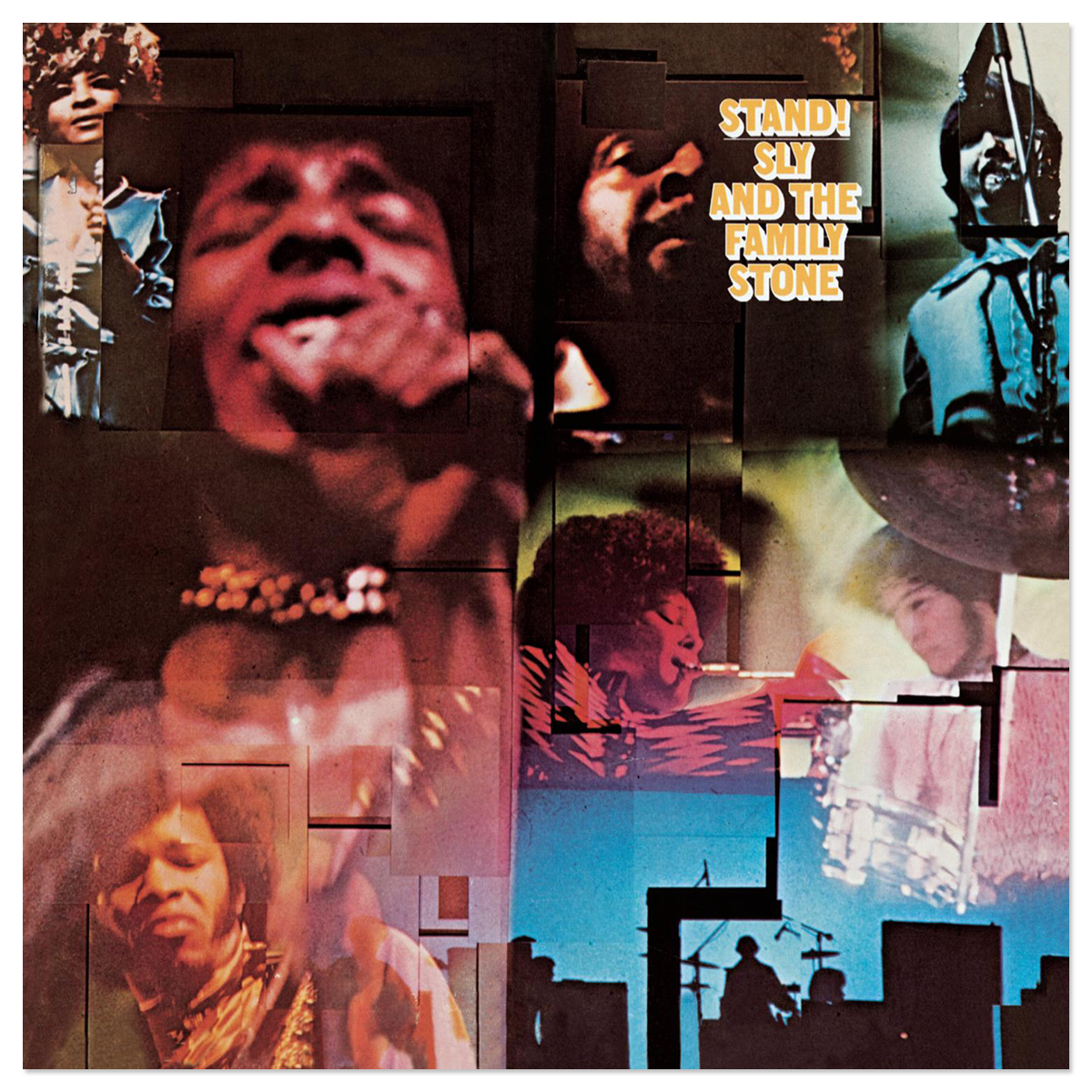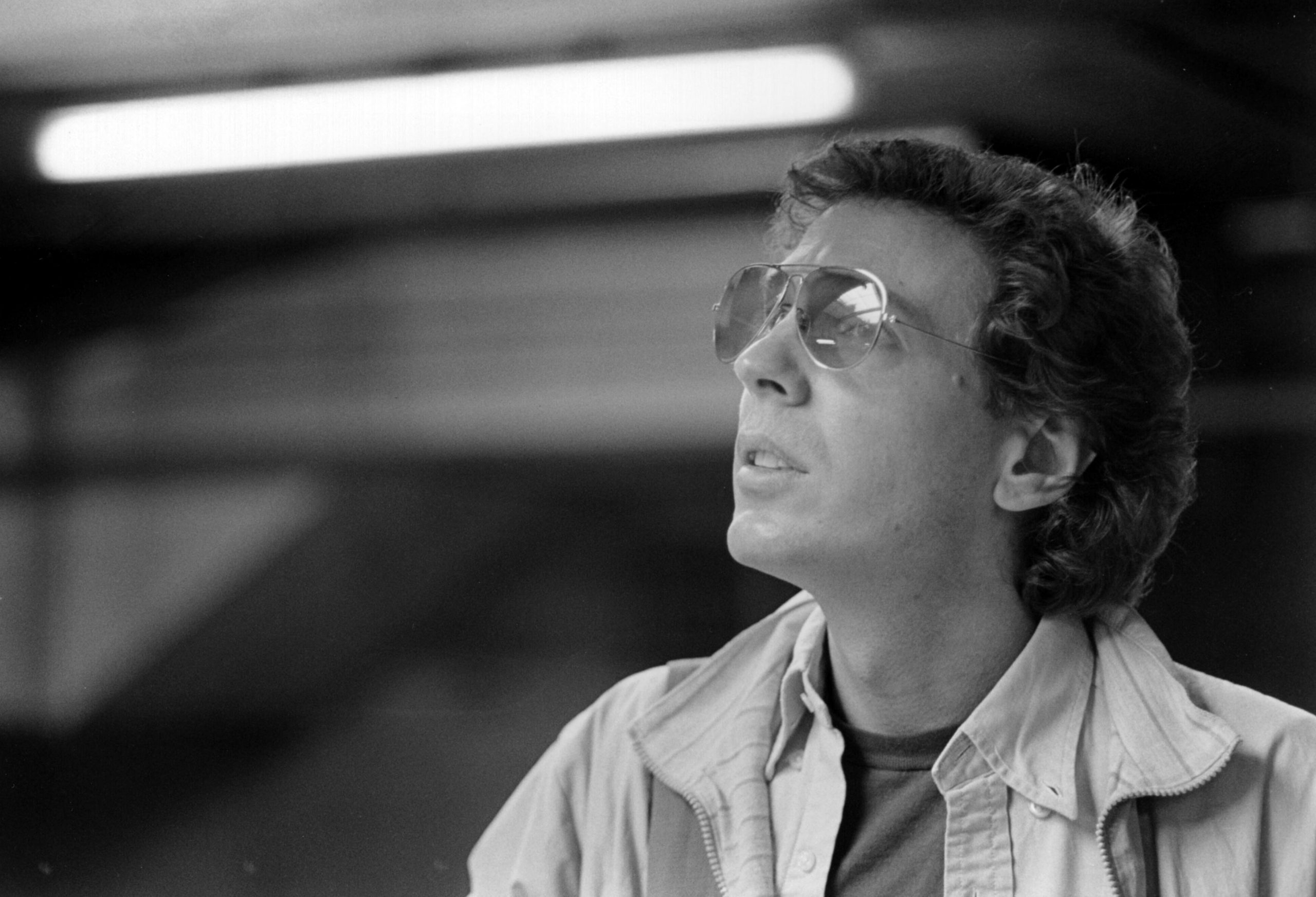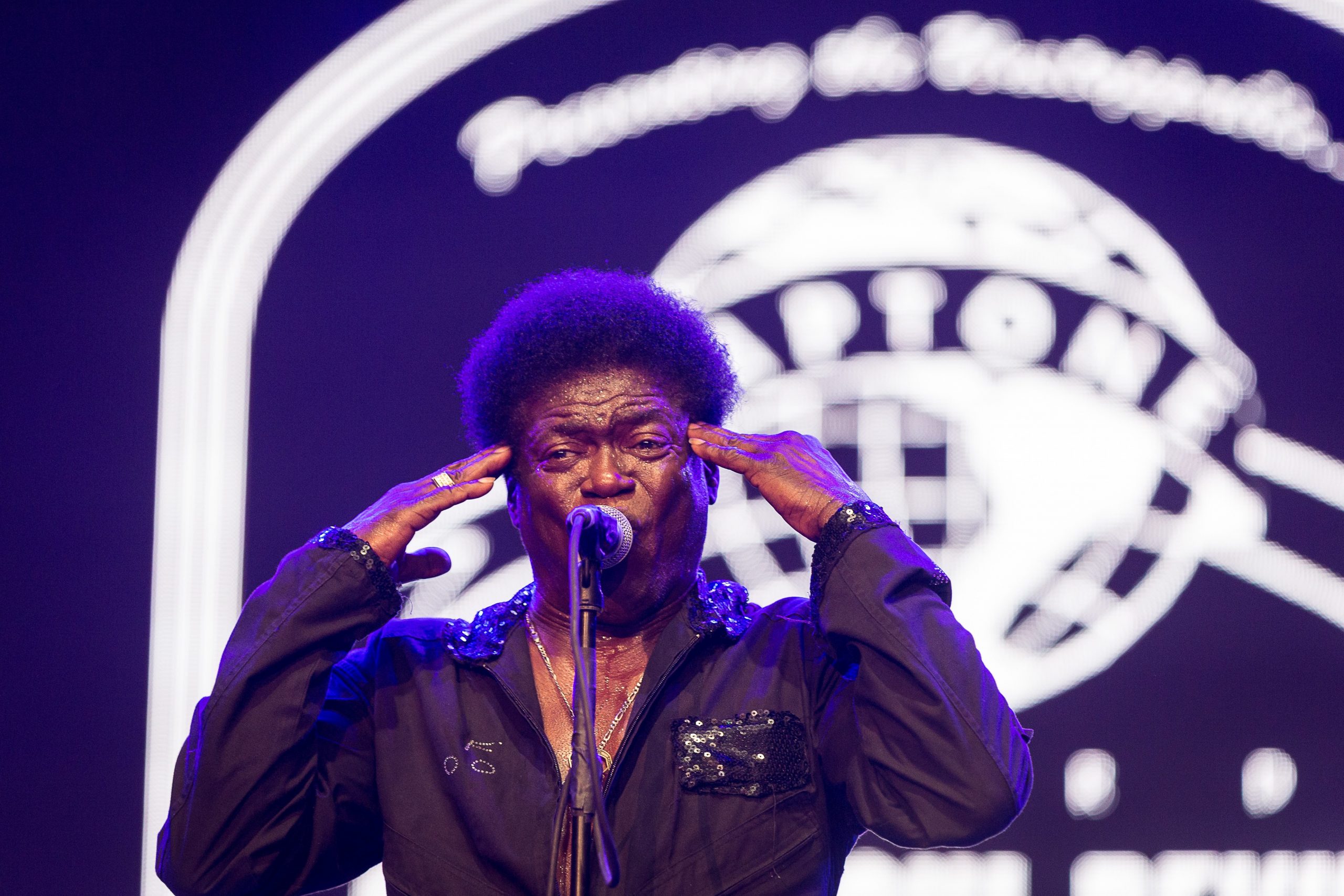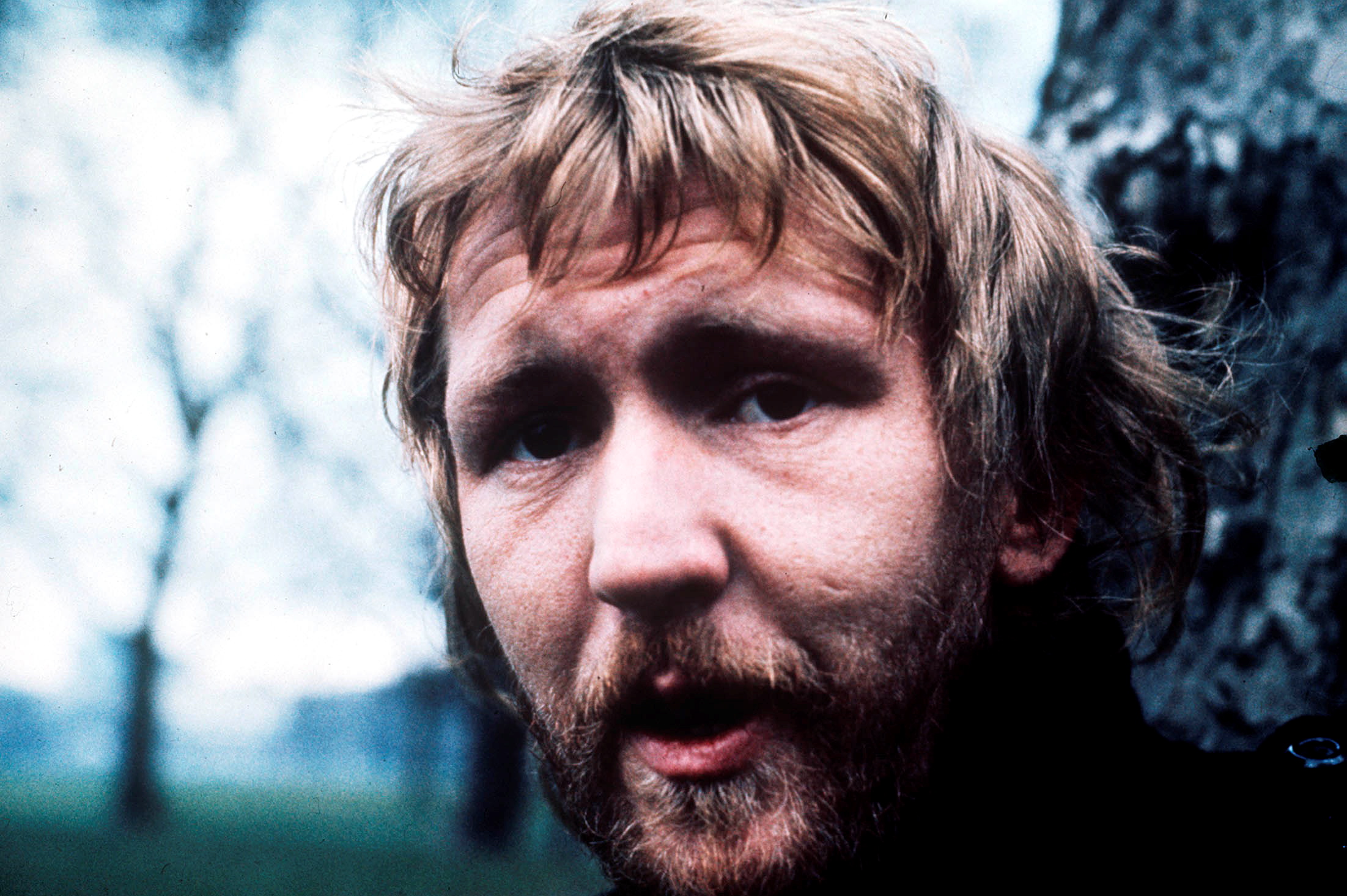Antoine "Fats" Domino, who passed away a bit over a week ago at the age of 89, was a rock 'n' roll pioneer and a major star who nonetheless never really scanned as a rock 'n' roll star. As a Black man whose renown coincided with the civil rights struggles of the '50s and '60s, he was a rebel when he needed to be, but as a multi-million-selling presence on both the pop and R&B charts, he was an amiable figure who found angles in his music that weren't just predicated on teenage danger and piano-burning rowdiness. That didn't keep his concerts free of actual danger and rowdiness -- riots sprung up at four of his shows, side effects of the difficulties in early integration efforts at some Southern entertainment venues -- but there was a distinct good-natured feeling to his music, whether he was joyous or heartbroken, that set him apart as an affably shy person in a world of larger-than-life figures intent on building the new pantheon of postwar pop music.
Still, Domino's amiability was far from a weakness. His sides for Imperial, many cowritten and produced by New Orleans titan composer Dave Bartholomew and 40 of which hit the R&B top 10, first became hits, then standards, then permanent entries in the great 20th century American songbook; others he claimed so thoroughly that covers of them became covers of him. (Does anybody under the age of 80 remember "Blueberry Hill" as a Glenn Miller Orchestra number?) And his crossover success came not out of compromise, but adaptability -- he could occupy the rhythms of country & western as surely as he could bring the New Orleans second line to the rest of the nation and beyond, a pioneer of rock 'n' roll as a polyglot blanket genre that drastically outsold other claimants to that effect like Elvis, Chuck Berry, and Little Richard -- combined, at least for a while. Seemingly everyone who had their ears open from the early '50s onwards had his sounds in their veins, and it's worth noting just how natural it sounded in the guises of so many different genres and voices.
Before we get to the songs, one programming note: Up till now, this column has collected and discussed different covers of an individual song. Starting this week, we're going to change things up a bit, and focus on covers of different songs by an individual artist. There is perhaps no more fitting place to start than Fats Domino. Here are eight highlights from the icon's repertoire crossing the lines of musical evolution through the decades.
Buddy Holly & The Crickets - "Valley Of Tears" (1958)
https://youtube.com/watch?v=EdBoFm2SihI
The origins and continuum of early rock 'n' roll can get significantly blurrier than most casual listeners think, but once you get acclimated to the idea of these old songs skipping across genres it helps explain the evolution of pop crossover in a more accessible way. Buddy Holly was raised in a musically inclined family and took up influence just about everywhere he could find it, which in the early '50s meant the same influences a lot of his other contemporaries had; "blending gospel, rhythm & blues, and country" could be said about nearly every other pioneer of the form, and Holly was no exception. So it's illuminating to hear this version, released just under a year before the plane crash that killed Holly, Ritchie Valens, the Big Bopper, and (according to "American Pie") music in general: since the original already has a bit of a twang to it, Buddy doesn't have to stretch far to triangulate country, soul, and rock 'n' roll into a short but stirring performance that feels more like a different emotional angle than a limp whitewashing. Granted, the human-Theremin choir in Domino's version sounds a lot more evocative than the (admittedly eerie) rinky-dink organ that takes its place in Holly's, but the sparser sound does a lot to make Holly's lonesome voice sound like the kind of vulnerable that even Fats at his most heartbroken had to envy.
Millie Small - Sings Fats Domino (1965)
https://youtube.com/watch?v=ztDxLS_5TsU
Millie Small has an underrated place in music history as the first Jamaican singer to have a major trans-Atlantic hit with a ska song, as her version of "My Boy Lollipop" made the #2 spot on both the British and American charts during peak Beatlemania and put Island Records on the map. But for someone with that kind of initial impact, the out-of-the-blue teenage star wound up retreating significantly from the music world with an almost drastic immediacy. Her strangely chirpy, almost squirrelly voice was quickly and unfairly pigeonholed as a weird novelty, and none of her follow-up singles got any further than the lowest reaches of the top 40 on either side of the pond. Shortly after the release of her 1970 LP Time Will Tell -- credited solely to "Millie," and tackily depicting the singer toplessly straddling an oversized prop banana on the cover -- she retired from music, with little said by either herself or the press on exactly why. But somewhere deep in her back catalogue is a fascinating oddball relic: an entire LP of Fats Domino covers, 1965's Millie Sings Fats Domino, that reveal a fascinating link between early ska and New Orleans R&B. Small's voice wasn't just an affectation -- it owed an audible debt to Shirley Goodman of Shirley & Lee, the New Orleans-based contemporaries of Fats who had significant hits with "I'm Gone" and "Let The Good Times Roll" and inadvertently minted a singing style ska and rocksteady vocalists would pick up on and make their own. That makes her take on Fats a lot more natural than you'd expect, given that her timbre is almost the complete opposite of his in every way imaginable.
Led Zeppelin - "Blueberry Hill" (1970)
Led Zeppelin were famous for their genre synthesis -- the most popular heavy metal progenitors of their day were also well versed in folk, country, and R&B, which all informed their superstructure being more or less the blues gone as loud and sprawling as possible. But some corners of rock 'n' roll tradition weren't so easy to reach. Nine years before the quasi-Texan swing-meets-rockabilly pastiche "Hot Dog" and six before they took a shot at reading the Meters on "Royal Orleans," Zep's efforts at both a '50s throwback and a nod to New Orleans resulted in a strange take on "Blueberry Hill" that they played all of two times during the California leg of their 1970 North American tour. One of these performances was bootlegged, and the slow boogie combined with Plant's deep-voiced cues from Fats' performance are just odd enough to raise the question as to whether the tape was mastered at the right speed. Off, at least, until Plant takes a moment to be Robert Plant as we know him, letting that familiar yowl explode during the line "you're part of me still." Page's solo is up to form, too, just flashy enough to remind people he was Jimmy goddamned Page while still fitting the spirit of the song. Who knows what this could've meant to the band's repertoire if they'd done this more than twice.
Screamin' Jay Hawkins - "Please Don't Leave Me" (1970)
The '70s weren't always the best of times for the early legends of rock and R&B: The Sha Na Na might have kicked off the decade coasting off their Woodstock slot and ended it with their own variety show (the Ramones were on it!), but that kitschification of the past Fonzarelli'd its way into the actual legends' repertoires until they came across as more superficial than ever. Chuck Berry hit bigger with the twerpy dick-joke "My Ding-A-Ling" than with any of his other early '70s Chess comeback material, Little Richard fit awkwardly into the funk mode he'd had a hand in prototyping, and Elvis slouched from Stax glory to Vegas ignominy as the tragic center of rock's eternal cautionary tale. At least Screamin' Jay Hawkins, rising from his coffin and bellowing diabolically like no mutation of rhythm & blues before or since, was always weird -- though by the end of the '60s "weird" meant recording songs about poop problems for the adoration of subversive-Americana-fiending Europeans. But you can't take away his mastery of that instrument he's got rooted deep in his chest, the kind of voice that could've put him in opera houses if he didn't have a knack for a different kind of theater, and in the event he was given a shot at reinterpreting somebody else's work he repossesses it like he just swiped the keys. The just-this-side-of-heavy call-and-response opening starts wild and gets crazier, and Hawkins' halfway vocal resemblance (and faithfulness) to Fats' easygoing baritone only gets more stark when he pushes that sucker into an overdrive Domino was always too easygoing to shoot for. Jim Jarmusch knew.
Bobby Charles - "Grow Too Old" (1972)
In 1952, a young Cajun from Abbeville, Louisiana named Robert Charles Guidry heard Fats Domino's "Goin' Home" on the radio and had himself a lightning-bolt moment that stuck with him for life. Three years later, the still-teenaged Bobby Charles was signed to Chess, and by December Bill Haley & His Comets would record his song "See You Later, Alligator," taking it to the top 10 in '56. And by 1960, the inspiration that struck Charles finally met him in person, leading to Fats Domino recording the Charles-cowritten "Walking to New Orleans" and adding yet another standard to his string of classics. If that was the only moment in time where Charles crossed paths with bonafide rock 'n' roll legends, it'd be a strong place in history for a generally unsung hero -- but it turns out that even semi-obscure songwriters can find their place in a music world running on a chain of influence. Charles' hand in popularizing the Acadian country-soul hybrid that would be known as "swamp pop" had a ripple effect throughout '60s rock, best epitomized by Creedence Clearwater Revival, and in 1972 -- 20 years after Charles first heard Domino -- four members of country-folk-rock legends The Band (sans Robbie Robertson) gathered together to back up Charles on a full-length swamp rock album of his own. Joined by Dr. John, Geoff Muldaur, David Sanborn, Ben Keith, and a host of other cult heroes and ace sidemen, Charles put out a full-length debut that stands up there with anything the Band recorded, in joy if not in profundity -- and Charles' rousing rendition of "Grow Too Old," his own version of a 1960 B-side he'd co-written with Fats, is the absolute ideal of what rock could be before it started losing touch with its R&B roots. And as a singer, Charles' easygoing voice reveals just how well he really did click with Fats Domino's own laidback style -- no wonder they shared so many songwriting credits.
Cheap Trick - "Ain't That A Shame" (1978)
https://youtube.com/watch?v=-C-jXJl0Zrg
The gulf between what rock 'n' roll meant in 1955 and what it meant in the late '70s might have been a bridge too far for the people who came of age with the former and lived through the latter: imagine Fats Domino playing to an arena, with a light show and smoke machines and extremely fucking loud speakers. Imagine, in other words, Cheap Trick At Budokan, an album that sounds as huge as huge can get -- albeit with the not-yet-cliche punchline that they had to get big in Japan before they got big everywhere else. The Rockford juggernauts' version of Fats' million-selling 1955 R&B #1 "Ain't That A Shame" was the second single released off Budokan after the almighty power pop thunderbolt "I Want You To Want Me," and though it didn't reach the chart heights of either predecessor -- the #7 pop of "Want You" or the #10 pop of Fats' "Shame" -- it's remarkably instructive as to how the old ways of rock could be adapted for successive generations. Faster yet longer and louder than both, Cheap Trick's version is a reckoning with the roots that took the Beatles blueprint from 15 years previous and threw in shreddy showmanship (Rick Nielsen and Bun E. Carlos go Nippon Hamon this) to go with Robin Zander and Tom Petersson's boyish good looks and the whole outfit's everything's-a-hook pop-rock songwriting. It's everything but laidback, which is pretty counter to the original's spirit but also what makes it so damned fun, so what can you do.
Paul McCartney - "I'm In Love Again" (1988/1991)
Before the Soviet Union dissolved, the story goes, any reasonable shot at being able to hear Western music (or some semblance thereof) meant having to listen to it on bootleg underground releases pressed on recycled X-rays, which made everyone's secret record collection look like they were super-into the Misfits. This led to countless misidentified songs, albums, and artists -- some unscrupulous black-market Sam Goody could write "THE BEATLES" on any old record they had lying around and the buyer wouldn't have any way to verify it. So in a moment of inspired spirit-of-glasnost outreach, Paul McCartney decided to record and release an album of oldies covers for the Soviet market -- albeit as a Plan B, after EMI rejected his idea to make it a UK-only release that only looked like it was smuggled in from the USSR. And so Снова в СССР was released to the Bloc less than a year before the Berlin Wall fell, giving McCartney his own equivalent to his old bandmate John Lennon's similar '75 throwback Rock 'N' Roll -- except even more hastily recorded and not quite as good. Maybe people were disappointed in paying exorbitant amounts for imports of the album; in a ridiculous moment of irony, an album initially conceived as a fake smuggled-in import became an actual smuggled-in import, only people wound up paying hundreds of dollars and/or pounds for it. But even for the price of internet dollars and YouTube cents, it feels kind of flat, maybe owing to the familiarity of the standards ("Kansas City"; "Lawdy, Miss Clawdy"; "Lucille"; "Summertime") and the fact that it was pretty much the end result of a writers' block-busting series of loosening-up jam sessions cut after 1986's Press To Play faceplanted. But at least he gave something for the Russians to look forward to once they were able to pick up the originals. "I'm In Love Again" was added onto official pressings of the album when it finally got a wider international release in 1991, and for a Beatle covering Fats Domino, it's... pretty bland, really. Sorry, everybody.
Goin' Home: A Tribute To Fats Domino (2007)
https://youtube.com/watch?v=XsvEsaRssmo
One of the most enduringly sad stories out of Hurricane Katrina was that of Fats Domino, then 77 years old, being stranded in his home when the floods hit and presumed dead. (Someone even spray-painted the message "R.I.P. FATS You will be missed" on his house.) Though it was later revealed that the Coast Guard had airlifted him and his family out to safety, he'd lost pretty much everything, including his home along with the grand piano and gold records he kept inside. As a show of solidarity, a fundraising effort, and a fine excuse to get a bunch of famous musicians together, Goin' Home: A Tribute to Fats Domino was compiled and released in 2007 to honor an artist whose time between his last hit in the '60s and his brush with disaster in 2005 was spent retreating from a fading spotlight. You could pick any number of cuts to highlight on this two-disc set -- appearances by fellow New Orleans royalty Dr. John, Allen Toussaint, and Irma Thomas; further links between Big Easy R&B and old-school ska from the Skatalites and Toots & The Maytals; Robert Plant and the Soweto Gospel Choir doing a spectacular à cappella of "Valley Of Tears" -- but I'm partial to Neil Young's version of "Walking to New Orleans," maybe the most plaintive and most beautiful of Domino's big hits, sung by an artist who could embody a shaken-to-the-core sorrow at the same time he could express simultaneous frustration and hopeful determination in his voice like few others ever could. Neil usually sounds a bit strange with a string section -- this is coming from me, a total "There's A World" apologist -- but there's no doubting it brings out his best side here.






